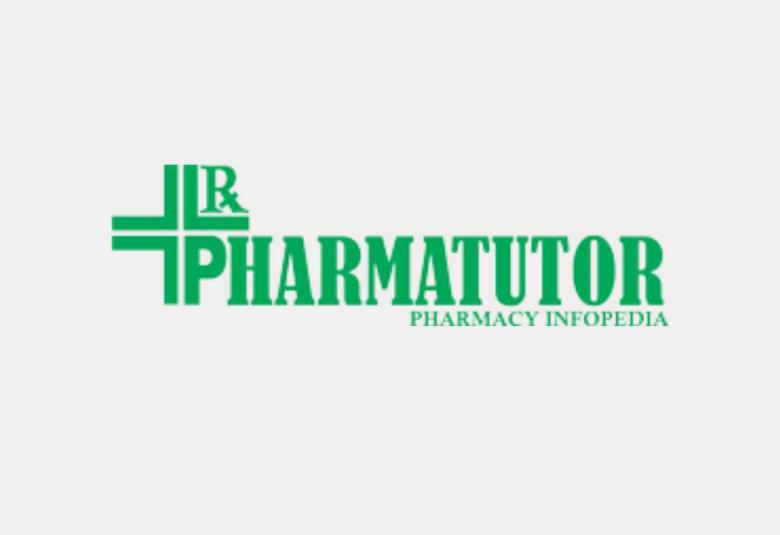TASTE MASKING TECHNOLOGIES: A NOVEL APPROACH FOR THE BETTER PATIENT COMPLIANCE
 About Authors:
About Authors:
Dhananjay S. Jadhav
M. Tech (Pharmaceutical Technology) Division of Pharmaceutical Technology,
School of Chemical Technology, North Maharashtra University,
Jalgaon- 425001, India
dhananjaysjadhav@hotmail.com
ABSTRACT
Oral administration of pharmaceuticals is one of the most popular method of drug dilevery.Taste is an important factor in the development of dosage form. “The worse the taste of the medication, the better the cure” was once the prevailing attitude. Many orally administered drugs elicite bitter taste. Undesirable and particularly bitter taste is one of the important formulation problems that are encountered with many drugs. Administration of bitter drugs orally with acceptable level of palatability is a key issue for health care providers. Proven methods for bitterness reduction and inhibition have resulted in improved palatability of oral pharmaceuticals. Several approaches like adding flavors and sweeteners, use of lipoproteins for inhibiting bitterness, coating of drug with inert agents, microencapsulation, multiple emulsion, viscosity modifiers, vesicles and liposomes, prodrug formation, salt formation, formation of inclusion and molecular complexes, solid dispersion system and application of ion exchange resins have been tried by the formulators to mask the unpleasant taste of the bitter drugs. The present review attempts to give a brief account of different technologies of taste masking with respect to dosage form and novel methods of evaluation of taste masking effect.
[adsense:336x280:8701650588]



 About Authors:
About Authors:  About Authors:
About Authors:





